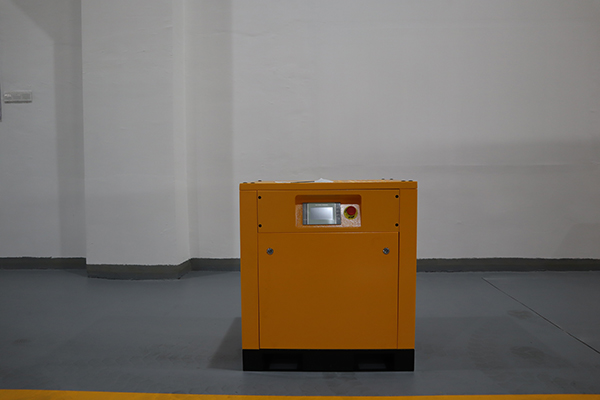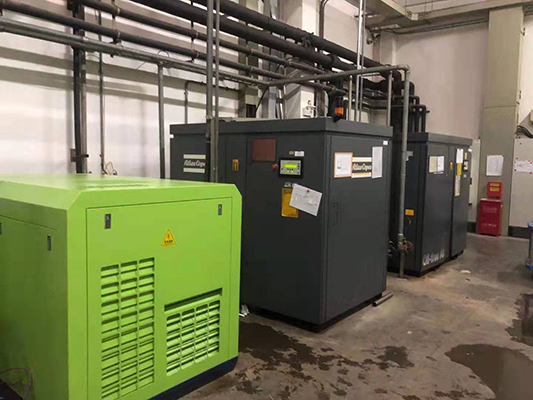Rotary Screw Air Compressor Cooling System Design
News 2025-10-24
Rotary screw air compressors are essential in various industrial applications, generating significant heat during operation that can compromise efficiency and longevity. A well-designed cooling system is critical to dissipate this heat, ensuring consistent performance and preventing mechanical failures. In industrial processes, effective cooling maintains optimal operating temperatures, which directly impacts energy consumption and equipment reliability. For instance, in high-demand environments, inadequate cooling can lead to increased wear, reduced air output, and higher maintenance costs, underscoring the system’s role in sustaining productivity.

Application Scenarios
Rotary screw air compressors with advanced cooling systems are widely used in manufacturing plants, where they power pneumatic tools and automation systems. In the oil and gas sector, these compressors operate under extreme conditions, relying on robust cooling to handle continuous use without overheating. Additionally, in food and beverage processing, precise temperature control is vital for hygiene and product quality, making efficient cooling designs indispensable. These scenarios highlight how tailored cooling systems enhance compressor adaptability across diverse industrial settings, improving overall operational safety and efficiency.
Performance Advantages
A superior cooling system in rotary screw air compressors boosts energy efficiency by minimizing heat-related losses, allowing for higher output with less power input. This design reduces thermal stress on components, extending service life and lowering downtime in demanding applications. Enhanced cooling also improves air quality by preventing oil degradation and contamination, which is crucial in sensitive industries like pharmaceuticals. By optimizing heat exchange, these systems deliver consistent performance, reducing operational costs and supporting sustainable practices in modern industrial environments.
Design Key Factors
Effective cooling system design involves selecting appropriate methods, such as air-cooled or water-cooled systems, based on specific operational needs. Key elements include heat exchanger efficiency, fan or pump sizing, and material choices that resist corrosion and thermal expansion. Integration with compressor controls ensures adaptive cooling, responding to load changes and ambient conditions. In industrial contexts, these design aspects are vital for achieving reliable performance, with considerations for maintenance access and noise reduction further enhancing system longevity and user satisfaction.


